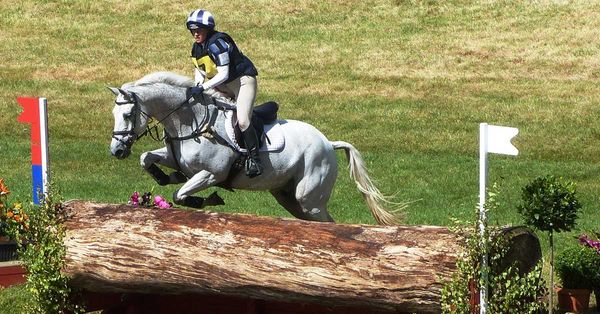
Equine
Feeding the Performance Horse
What makes a horse a performance horse? Performance is “loosely” defined as any form of work or forced physical activity.

Equine
What makes a horse a performance horse? Performance is “loosely” defined as any form of work or forced physical activity.
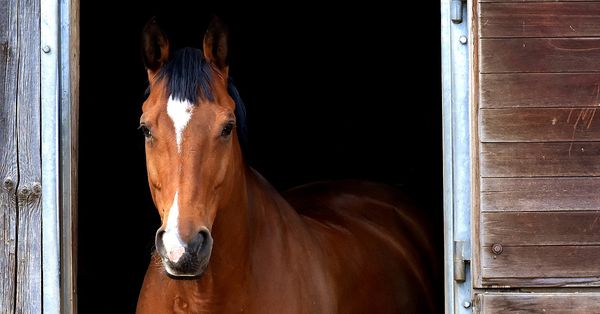
Equine
Polysaccharide storage myopathy is a muscle disease that occurs primarily in horses with Quarter Horse bloodlines such as Quarter Horses, Paint Horses and Appaloosas. Polysaccharide storage myopathy also occurs in other breeds including Drafts, Draft crossbreeds, and Warmbloods.
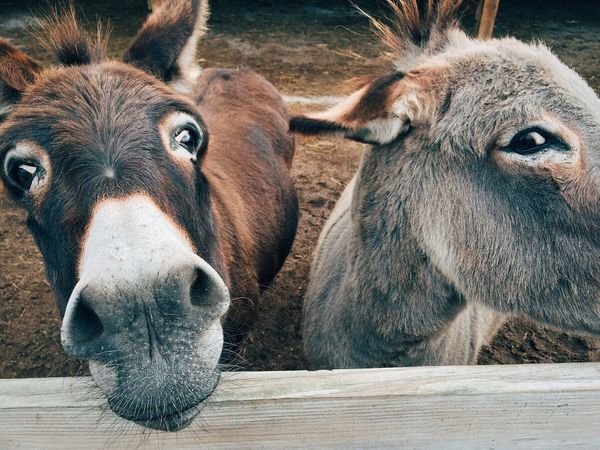
Equine
Mules & donkeys are members of the equine family along with horses, ponies, and zebras. Most people think you can feed them a diet similar to horses but in lower quantity. Donkeys however have unique evolutionary traits that make them anatomically and behaviorally distinct. Donkeys are highly adaptable feeders that
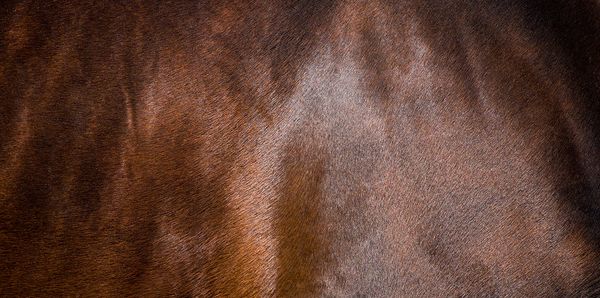
Equine
Everyone wants to see their horses with a sleek, glowing coat; the quality of a horse’s hair coat is directly related to his overall health. Providing the horse with plenty of roughage and a balanced diet along with an effective parasite control regime and sufficient exercise and grooming is
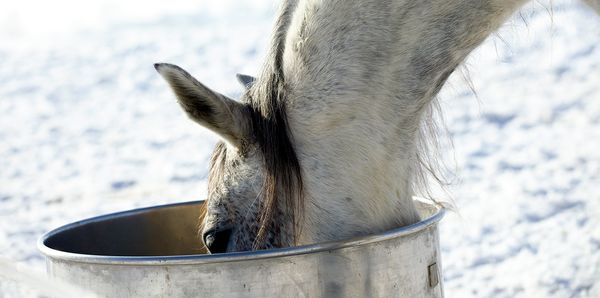
Equine
Q: What are the benefits and drawbacks of feeding wheat bran mash to horses? A: A wheat bran mash can consist of several ingredients. The ingredients most often included are wheat bran and water. Many people provide wheat bran to their horse for its supposed laxative effect. Unfortunately, wheat bran
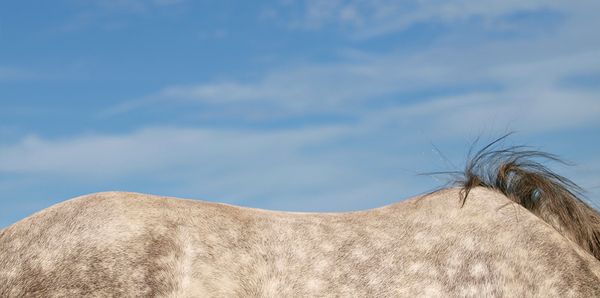
Equine
The shape of a horse's back can vary greatly from horse to horse. The topline of the horse includes the muscles over the withers, back, loin (or coupling), and croup. Strength of topline and loin muscles also influences soundness and athletic ability. The topline will vary in length
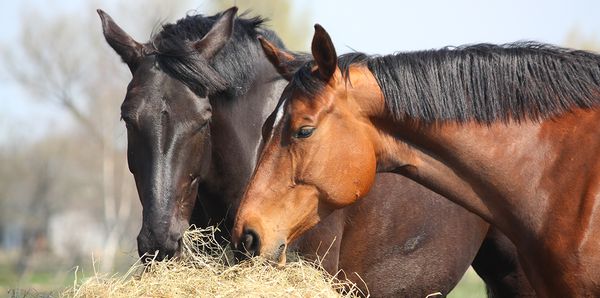
Equine
Forage (fiber) from pasture and/or hay is the predominant ingredient in the diet for most horses. The digestive system of a horse requires forage to function properly. Horses that have access to abundant pasture will satisfy their need for forage by grazing. Horses kept in stables, horses kept in
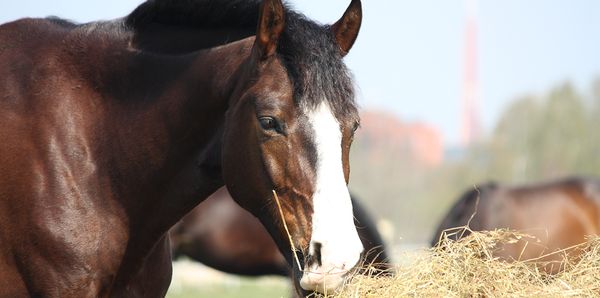
Equine
Q: Does hay lose its nutritional value while in storage? A: Hay begins to lose its nutritional value at the time of cutting and continues to lose nutrients both while drying in the field and while in storage. The nutrients most affected by harvesting and storing are vitamins. Conversely, the
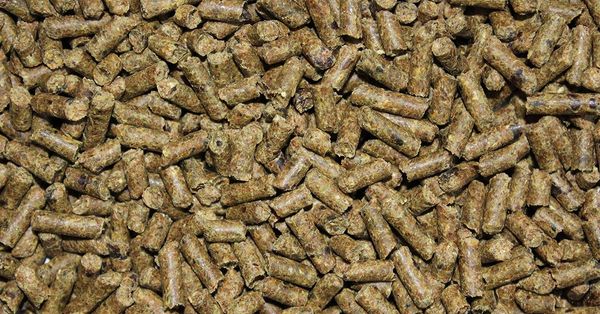
Nutrients & Ingredients
We often compare feeds by percent protein, but what does this mean in the diet?
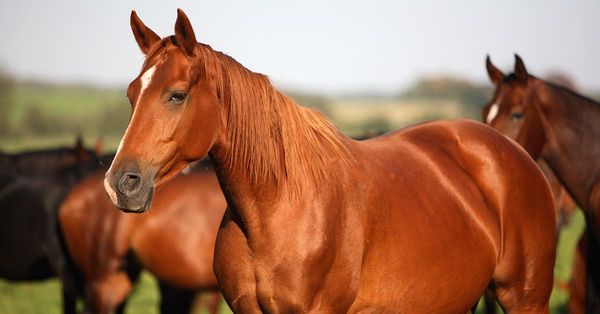
Nutrients & Ingredients
Horses have a unique digestive system. The front portion of the digestive system, the stomach and small intestine, utilize enzyme digestion to break down food material. The back portion of the digestive system (hind gut), the cecum and colon have a microbial population (bacteria, yeast, fungi) that ferment and breakdown